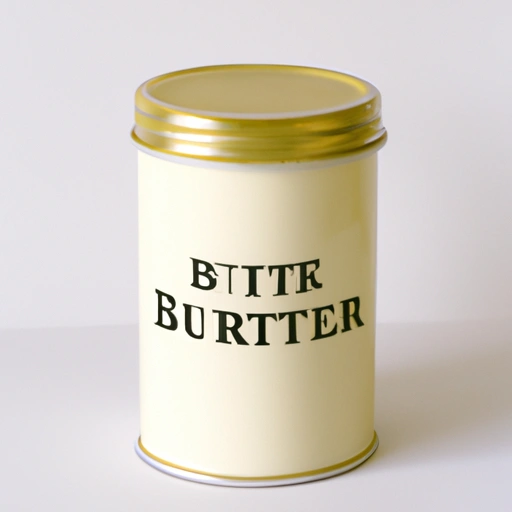Buttermilk
Description

Buttermilk is a tangy, fermented dairy product traditionally left over after churning butter from cultured cream. Today, it is commercially made by adding lactic acid bacteria to low-fat or skim milk, resulting in a slightly thickened liquid with a characteristic tangy flavor. Buttermilk is widely used in a variety of recipes, from baked goods to marinades, providing a depth of flavor and tenderizing effect. In terms of measurements, buttermilk is commonly used in recipes by the cup (US) or milliliter (metric), with 1 US cup being equivalent to approximately 237 milliliters.
Common uses
Buttermilk is utilized in many recipes around the world, serving not only as a base for beverages but also as a tenderizing agent and flavor enhancer in baking, salad dressings, marination, and more.
Nutritional value
Calories
Buttermilk is relatively low in calories, with about 98 calories per 1 cup (US) or 245 milliliters.
Protein
It contains around 8.1 grams of protein per 1 cup (US) or 245 milliliters.
Fat
Low-fat buttermilk typically has about 2.2 grams of fat per 1 cup (US) or 245 milliliters.
Carbohydrates
There are approximately 12 grams of carbohydrates per 1 cup (US) or 245 milliliters of buttermilk.
Vitamins
Buttermilk is a good source of several vitamins, including vitamin B12, riboflavin, and pantothenic acid.
Minerals
It also contains essential minerals such as calcium, phosphorus, and potassium.
Health benefits
Consuming buttermilk in moderation can contribute to bone health due to its calcium content, aid in digestion thanks to probiotics, and support muscle maintenance and repair with its protein content.
Potential risks
Individuals with lactose intolerance or a milk allergy should avoid buttermilk. Consuming high amounts can also contribute to increased caloric intake and potential weight gain.
Common recipes
Popular buttermilk recipes include pancakes, waffles, biscuits, dressings, fried chicken, and various breads.
Cooking methods
Buttermilk can be used in baking, frying, and even as a base for soups and stews.
Pairing with other ingredients
It pairs well with fresh herbs, spices, fruits, and whole grains.
Summary
Buttermilk is a versatile, tangy dairy ingredient that enhances flavor and texture in numerous recipes. It offers nutritional benefits while also being a key component in diverse cuisines worldwide.